Atko Viru – Adaptation in Sports Training (1995)
Atko.Viru.Adaptation.in.Sports.Training.pdf
[1 eBook (PDF)]
Description
Adaptation in Sports Training by Atko ViruThis is a elib.tech Exclusive. Leaking it will result in a permanent ban.Elite/VIP: 2 weeksPower Users: 7 weeksUsers: never”Atko Viru’s ‘Adaptation In Sports Training’ is the most profound text ever to integrate adaptation theory with training tactics and strategies. This unique resource is remarkably comprehensive, and yet easy to read. It belongs in every sport scientist’s and S&C coach’s library.”PrefaceA great amount of results has accumulated on changes in the organism induced by systematically performed exercises. The changes take place on the levels of cellular structures, tissues, organs, and body building. The changes extend from the metabolic processes and their molecular mechanisms up to functional capacities of cellular structures as well as of organs and their systems. Pronounced alterations have been found in the mechanisms of control of bodily functions and metabolic processes, including levels of cellular autoregulation, hormonal regulation and neural regulation.There have never been any serious doubts that at least most of the training-induced changes express adaptation to conditions of enhanced muscular activity. Convincing results have been obtained establishing specific links between changes in the organism and performance capacity. It is also suggestible that training increases the capacities of adaptation mechanism, creating thereby a foundation for health promotion and a general increase in working capacity. Therefore, training experiments provide material not only for analysis of physical training but also for improved understanding of adaptation processes and increase of the body’s adaptivity all-in-all.In this volume a discussion of adaptive changes induced by systematically performed exercises is presented, the available results of physiological and biomechanical studies are systematized according to the following leit-motif:1. Adaptation to various influences or demands on the organism consists of specific homeo-static regulation and (if the influence is strong enough) activation of the mechanisms of general (unspecific) adaptation.2. The mechanism of general adaptation ensures mobilization of the organism’s energy and protein resources and activation of the body’s defense faculties.3. Both homeostatic regulation and general adaptation need the interference of hormonal regulation and neural regulation into cellular autoregulation.4. Through the mobilization of protein resources, extended opportunities for adaptive protein synthesis are provided by the activity of the mechanism of general adaptation.5. The adaptive protein synthesis ensures the development of most active cellular structures and the increased number of enzyme molecules concerned to the activity of these structures; hence the foundation for the transition from acute adaptation to continuous stable adaptation.6. Since the adaptive protein synthesis is specifically related to the activity of cellular structures during acute adaptation, the specific effect of each training exercise is founded on the production of metabolic inductors for specific protein synthesis.7. While the training exercises used determine the specific choice for adaptive protein synthesis and thereby for training-induced changes, the total load of training sessions determines the activation of endocrine systems and through the produced hormonal inductors the amplification of the adaptive protein synthesis.8. The mentioned considerations make it possible to develop the guidance of training practice.The AuthorAtko Viru, D.Sc., is Professor of Exercise Physiology at the Institute of Exercise Biology, The University of Tartu, Tartu, Estonia.Dr. Viru graduated from the University of Tartu in 1955 and received the degree of Candidate of Biochemical Sciences (Ph.D) in 1963. In 1970 he obtained the degree of Doctor of Biological Sciences from the Academy of Sciences of Estonia.Dr. Viru began teaching at the University in 1959. he became Associate Professor in Exercise Physiology in 1966. He was made Head of the Department of Sports Medicine in 1967 and held that position until 1971. In 1971 he became Professor and Head of the Department of Sports Physiology. From 1973 to 1989 he was Dean of the Faculty of Physical Education.Dr. Viru is Corresponding Editor of the journal Biology of Sports and member of the Editorial Board of the International Journal of Sports Medicine and Sports Medicine, Training and Rehabilitation. He has lecturs at universities in Bologne, Heidelberg, Prague, Stockholm, Jyvaesklyae, Santiago, Buenos Aires, Rome, Moscow, St. Petersburg, Kiev, Tashkent, Volgograd, Stavropol, and Yakutsk. He is a member of the New York Academy of Sciences, the Estonian Physiological Society, the Estonian Biochemical Society, and the Estonian Society of Endocrinology. From 1989 to 1991 he served as Chairman of the Estonian Physiological Society. From 1989 to the present he is President of the Estonian Olypmic Academy and Vice President of the Estonian Olympic Committee.Dr. Viru has published more than 400 papers in the field of physiology and biochemistry of adaptation to muscular activity. He is the author and co-author of four books published in Estonian, and four in Russian. In 1985 CRC Press published his Hormones in Muscular Activity in two volumes.ContentsChapter 1: General Outlines of Adaptation Processes and the Biological Nature of Exercise Training1.1. Adaptation and Training1.1.1. Homeostatic Regulation1.1.2. Mechanism of General Adaptation1.1.3. Mobilization of metabolic Resources1.1.4. Acute and Long-Term Adaptation1.2. The Nature of Exercise Training1.3. Model of the Top Athlete1.4. ReferencesChapter 2: Hormones in Adaptation to Physical Exercises (Hormonal Responses to Exercise)2.1. Blood Hormonal Ensemble During Exercise2.1.1. Stability and Variability in Hormonal Responses to Exercise2.1.2. The Rate of Hormonal Responses2.2. Determinants of Hormonal Responses2.2.1. Significance of Exercise Intensity2.2.2. Significance of Exercise Duration2.2.3. Training Effects2.2.4. The Interplay Between Significance of exercise Duration and the Fitness of Persons2.2.5. Fitness of Persons2.2.6. Homeostatic Needs2.3. Factors Modulating Hormonal Responses to Exercise2.4. ReferencesChapter 3: Significance of Hormones in Regulation of metabolism During Exercise3.1. Factors Determining the Hormone Effect3.1.1. Private and Attending Regulation3.1.2. Exercise-Induced Effects at the Level of Modulating Regulation3.1.3. Training Effects at the Level of Modulating Regulation3.2. Mobilization of Energy Reserves3.2.1. Activation of Glycogenolysis in Skeletal Muscles3.2.2. Glycogenolysis in the Myocardium3.2.3. Regulation of Glycogenolysis in the Liver3.2.4. Gluconeogenesis3.2.5. Utilization of Blood Glucose3.2.6. Blood Glucose Homeostasis During Exercise3.2.7. Mobilization of Lipid Resources3.3. Mobilization of Protein Resources3.4. Homeostatic Regulation of Water-Electrolyte Balance During Exercise3.5. ReferencesChapter 4: Post-Exercise Recovery Period4.1. Outlines of the Post-Exercise Recovery4.2. Restoration of Normal Functional Activities4.2.1. Oxygen Transport System4.2.2. Lactate Dynamics and pH Values in Post-Exercise Recovery4.2.3. Endocrine System4.2.3.1. Catecholamines4.2.3.2. Glucocorticoids4.2.3.3. Pancreatic Hormones4.2.3.4. Somatotropin4.2.3.5. Sex Hormones4.2.3.6. Thyroid Hormones4.2.3.7. Responses to Test Exercises in Men4.2.4. Water-Electrolyte Homeostasis4.2.5. Central Nervous System4.3. Repletion of Energy Stores4.3.1. Time Sequence of the Repletion of Various Substrates4.3.2. Supercompensation4.3.3. Control of Glycogen Resynthesis4.3.4. Substrates for Muscle Glycogen Repletion4.3.4.1. Lactate4.3.4.2. Glucose4.3.4.3. Gluconeogenesis and Lipid metabolism4.3.4.4. Hepatic Gluconeogenesis4.3.4.5. Lipid metabolism4.4. Reconstructive Function of the Recovery Process4.4.1. Protein Synthesis in Skeletal Muscles4.4.2. Degradation and Turnover of Proteins4.5. Conclusions4.6. ReferencesChapter 5: Specific Nature of Training on Skeletal Muscles5.1. Hypertrophy of Myofibrils5.1.1. Hypertrophy vs Hyperplasia5.2. Contractile Mechanism5.2.1. Sarcolemma5.2.2. Sarcoplasmic Reticulum (SR)5.2.3. Actomyosin ATPase Activity5.2.4. Characteristics of Contraction5.3. Mitochondria and Oxidative Enzymes5.4. Enzymes of Anaerobic Pathways of ATP Resynthesis5.4.1. Creatine Kinase and Myokinase5.4.2. Glycolytic Enzymes5.4.3. Buffer Capacity5.4.4. Anaerobic Working Capacity5.5. Intramuscular Energy Stores and Myoglobin5.5.1. ATP5.5.2. Physophocreatine5.5.3. Glycogen5.5.4. Triglycerides5.5.5. Myoglobin5.5.6. Muscle Capillarization5.6. Fiber Type Transformation Problem5.7. Conclusion5.8. ReferencesChapter 6: Specificity of Training Effects on Aerobic Working Capacity and the Cardiovascular System6.1. Training Effects on Anaerobic Threshold and Maximal Oxygen Uptake6.1.1. Anaerobic Threshold6.1.2. Exercise Economy6.1.3. Maximal Oxygen Uptake6.2. Specificity of Training Effects on the Cardiovascular System: Heart Hypertrophy6.2.1. Cardiac Performance6.2.2. Contractile Mechanism of the Myocardium6.2.3. Energetics of the Myocardium6.2.4.Additional Adaptive Changes in the Oxygen Transport System6.3. ReferencesChapter 7: Specificity of Training Effects on Control Functions and the Connective Tissue7.1. Endocrine Functions7.2. Neural Adaptation7.2.1. Changes in the Central Nervous System7.2.2. Cross-Effects of Training on Untrained Muscles7.2.3. Training Effects on the Connective Tissue7.3. ReferencesChapter 8: Molecular Mechanisms of Training effects8.1. Protein Synthesis in Training8.1.1. Evidences of Augmented Protein Synthesis in Training8.2. metabolic Control of Protein Synthesis in Training8.2.1. Control of Transcription8.2.1.1. Protein Degradation Products8.2.2.2. Creatine8.2.2.3. Amino Acids8.2.2.4. Specific tRNA8.2.2.5. Energy Balance8.2.2.6. Muscle Stretch8.2.2.7. Calcium8.2.2.8. Prostaglandins8.2.2.9. Tissue Growth Factors8.2.3. Muscle Satellite Cells8.2.4. Control of Synthesis of Mitochondrial Proteins8.2.5. Translation Control8.3. Hormonal Action on Adaptive Protein Synthesis in Training8.4. Adaptive Protein Synthesis in the Myocardium8.5. Other Theories of Training Mechanisms8.6. Conclusion8.7. ReferencesChapter 9: Gender Differences in Training Effects9.1. metabolic Capacities in Male and Female Athletes9.2. Endocrine Systems in Exercise in Women9.2.1. Hormonal Responses to Exercise in Women9.2.2. Ovarian-Menstrual Cycle and Hormonal responses to Exercise9.2.3. Training Influence on the Female Reproductive System9.3. Training Effects on Muscle Strength and Hypertrophy9.4. Training Effects on Aerobic Working Capacity9.5. Summary9.6. ReferencesChapter 10: Physiological Aspects of Selected Problems of Training Methodology (Training Tactics)10.1. Choice of Training Exercises10.1.1. Exercise and Training Method10.1.2. manifestations of Training Specificity in Exercises for Improvement of the Main Qualities of the Human Physical Working Capacity10.2. Training Session10.2.1. Criteria of the Trainable effect of Training Sessions10.2.1.1. metabolites10.2.1.2. Hormones10.2.1.3. Simplified Criteria10.2.1.4. Heart Rate Studies10.2.2. Intensity and Volume of Training Loads10.2.3. Significance of Exercise Schedule10.2.3.1. Endurance and Strength Exercises10.2.4. Necessity for Increased Load (Saturation Phenomenon)10.3. Microcycle of Training10.3.1. Variants of Training Microcycles10.3.2. Summation of Influences of Subsequent Sessions10.3.3. Microcycles with Variable Training Loads10.3.3.1. Two or More Daily Training Sessions10.4. The Main Principles of Training Tactics10.5. ReferencesChapter 11: Physiological Aspects of Selected Problems of Training Methodology (Training Strategy)11.1. Training design for a Period of Many Years11.1.1. Ontogenic Aspects11.2. Year-Round Training11.2.1. Interrelations Between Various Training-Induced Changes11.2.2. The Steady Training Effects11.2.3. Detraining Effect11.2.4. The Concentrated Unidirectional Training11.2.5. Adaptivity of the Organism During the Training Year11.2.6. Conclusion11.3. ReferencesConcluding RemarksIndex
You must be logged in to post a review.

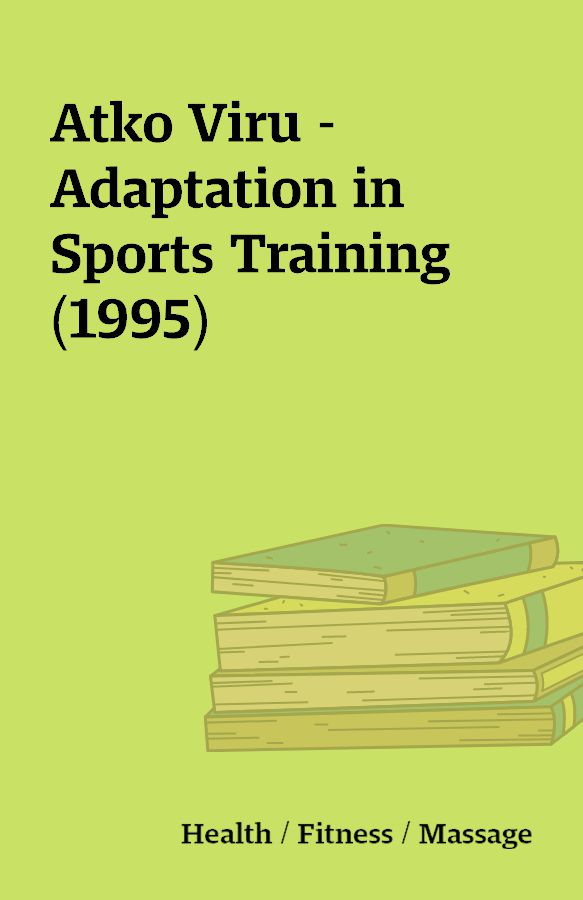
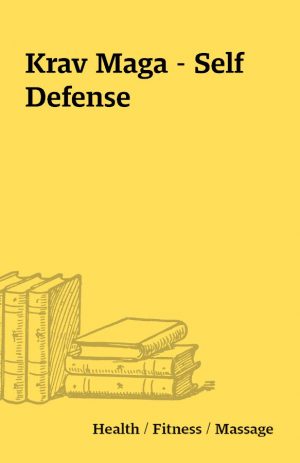
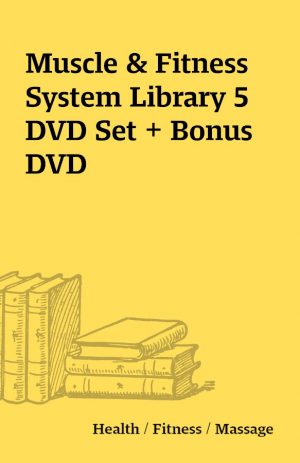
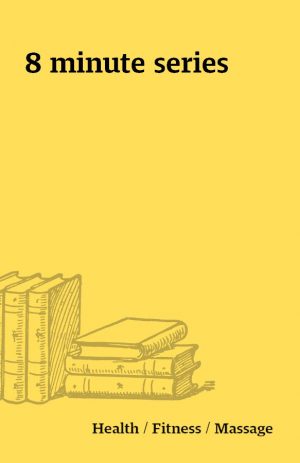
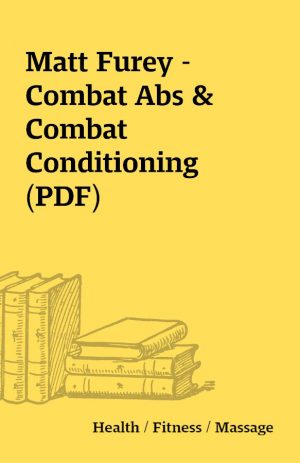
Reviews
There are no reviews yet.